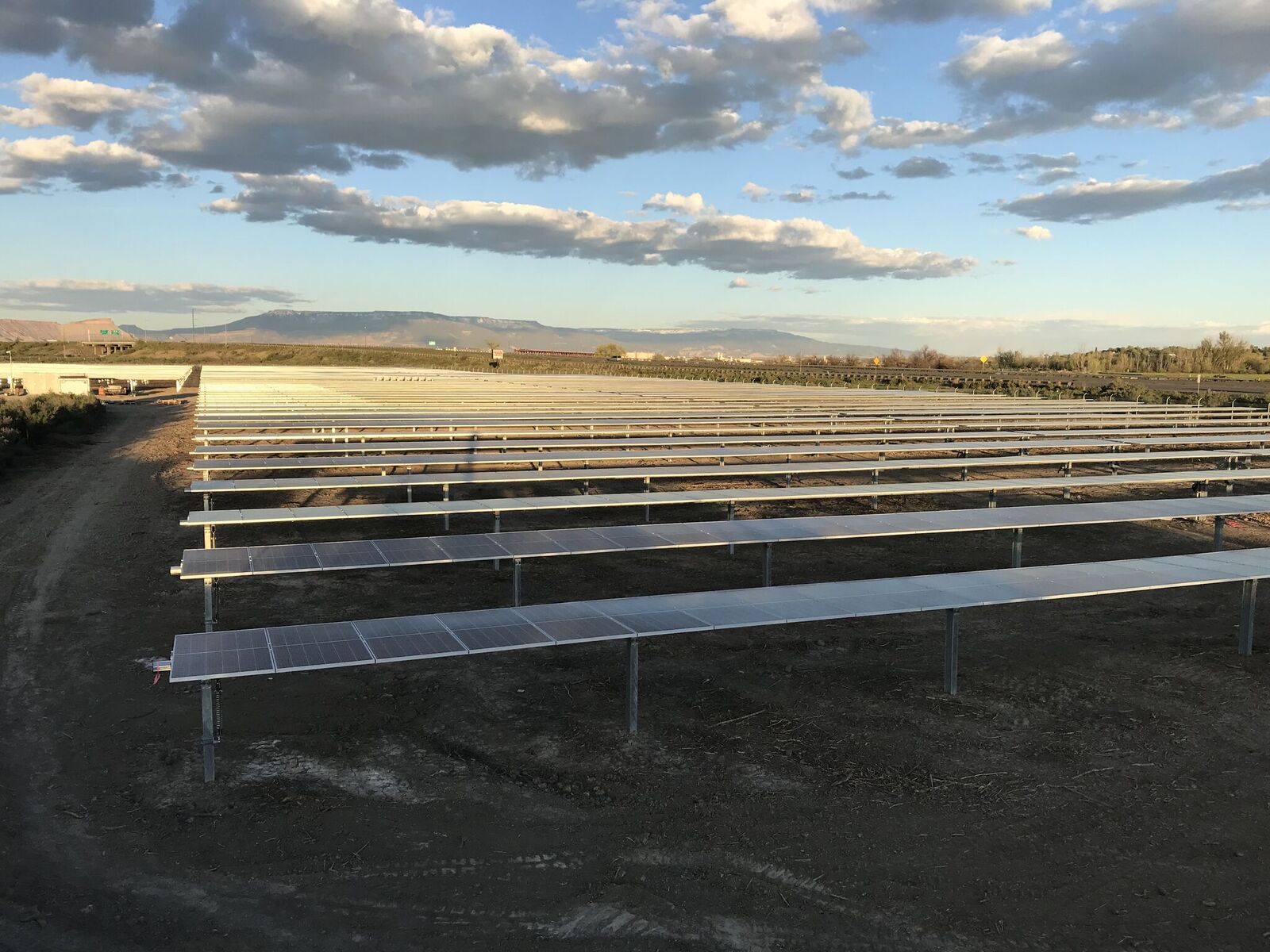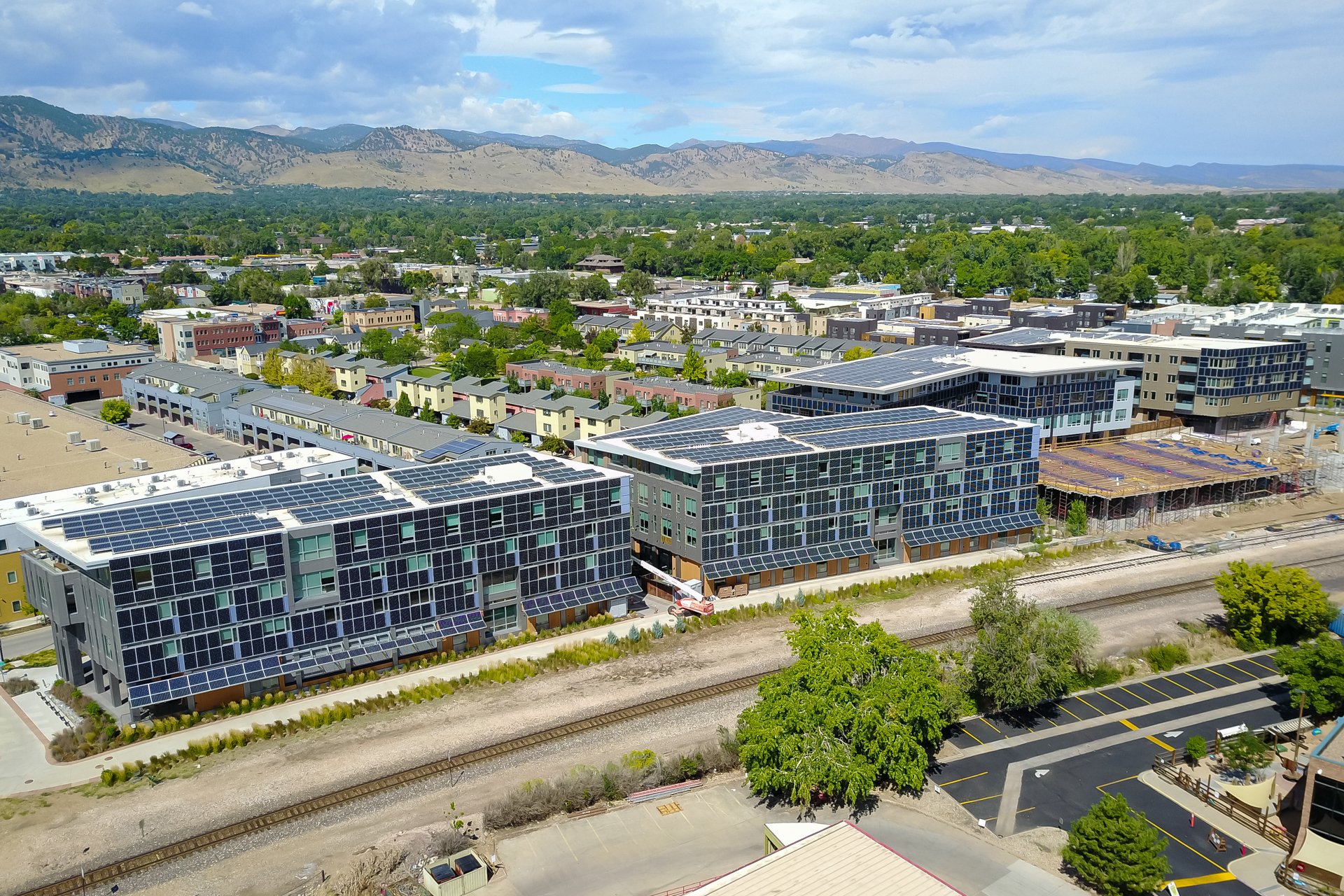Choosing The Best Solar Financing Option for Your Business
December 11, 2020

If you are considering solar, you might be curious about how to pay for it. How much does it cost? Is there financing available? What other options are there?
For a 250 kilowatt (kW) system, your installation might cost $500,000 before any state, or federal incentives are applied. This can be a steep financial investment for some businesses, so the solar industry has created some alternative means to adopt solar energy without the out of pocket expense.
The good news is that if your company does not have the cash to buy the solar system upfront, which is the best option if you want to start realizing the benefits of solar immediately, there are numerous solar panel financing options available for commercial customers. Each option has its advantages and disadvantages, and making a decision entirely depends on your company’s location, budget, and financial goals.
This article breaks down three solar financing options for businesses across the United States, including a solar loan, a power purchase agreement (PPA), and a lease. Let’s break down what each financing option entails, which may be the most suitable for your business.
Solar Loans
Solar loans are comparable to any other loans businesses take to do property improvements or retrofits. After taking a solar loan, your business remains a direct owner of the solar system. The financing institution holds a lien on the system itself, similar to other loans for real estate or a new car. The interest rates, term lengths, and credit requirements depend on various factors, such as the lender type, location, and how much you are willing to pay for each monthly installment.
However, what distinguishes solar loans from other property improvement loans is the fact that your business can start generating significant financial value from it. Unlike aesthetic improvements to your building, solar sends benefits directly back to your pocket in the form of lower electricity bills to the local utility. As the system owner, you would also reap all system incentives, including the federal investment tax credit (ITC), state rebates, and income from the sale of solar renewable energy credits (SRECs).
In addition to traditional banks, many other lending institutions offer solar loans, such as solar panel manufacturers, utilities, and credit unions. Many municipal governments in the U.S also offer Commercial Property Assessed Clean Energy (C-PACE) financing. C-PACE provides business owners with loans to conduct energy efficiency and clean energy retrofits on their property, which can be repaid with an annual assessment on the property’s tax bill. C-PACE eligibility is relatively easy, and it is an excellent option if your business has a low credit history.
It is important to consider that while you can benefit greatly from the solar loan option, your monthly savings and return on investment will be based on the difference between your monthly loan costs and savings from adopting solar. The goal is to have a monthly electricity bill impact greater than the monthly cost of your loan, after incentives). By combining the positive effects of net metering, state and federal incentives, and SRECs, the average solar system owner can start seeing a return on their investment within 8.5 years.
It is important to note that you are responsible for all future maintenance and operational costs under the direct ownership model. If your team does not have the resources or desire to manage this over time, a solar PPA or lease may be more suitable for your business.
Solar Power Purchase Agreement (PPA)
PPAs fall under what we call a “third-party ownership model” in the industry. PPAs have become one of the most popular financing options for commercial solar projects. They provide businesses a way to install solar without significant upfront costs and include ongoing operations and maintenance.
Under a solar PPA, your business would enter a long-term energy contract with a developer like Pivot Energy. The developer owns and maintains all the solar equipment on your property, and you have to pay a simple dollar per kilowatt-hour (kWh) rate for the electricity produced. This PPA rate for solar is generally lower than what you pay to your utility – meaning you save money on your electricity costs from the first day of operation. Furthermore, the benefit of entering a PPA is that it provides your business cost certainty over the length of the contract and a hedge against higher energy costs in the future.
There are some factors that businesses need to consider before entering into a PPA. As you would not have direct ownership over the system, the developer reaps the benefits of all incentives available for installing solar. This might not be the best option for businesses with a low capital cost or the desire to earn incentives, such as tax credits. However, public institutions that do not have tax liability would want this option because it allows them to “monetize” the credits in the form of a lower PPA rate.
Overall, the PPA is a great option to adopt solar quickly without the upfront cost burden. All incentives are monetized in the form of a lower electricity rate, providing savings from the first day of operation.
Solar Lease
Under a solar lease, businesses pay a fixed monthly fee or lease payment in exchange for the right to use the equipment. This monthly rate is determined by the solar system size, expected production, and installation complexity.
The critical difference between a solar lease and a PPA is that a lease is a fixed total amount each month, whereas a PPA is a kWh rate based on your consumption. Solar leases are considerably less popular options than PPAs for businesses as it can be more challenging to compare apples to apples with utility costs. Instead, the solar lease is more prevalent for residential customers.
However, under both options, businesses can avoid paying high installation costs and do not have to spend any money on maintenance and operations for their system. This creates an opportunity, like with a PPA, to reap savings on monthly electricity costs from the beginning of the project.
Ask an Expert
Pivot Energy has a proven track record of helping commercial clients decide which solar financing option is best for their business. From C-PACE to PPAs – our team has experts on it all and can help walk you through the options. To learn more about how Pivot Energy can support your solar goals, reach out to speak with a team member today.
Building Owner?
Earn Money From Your Roof with Pivot


